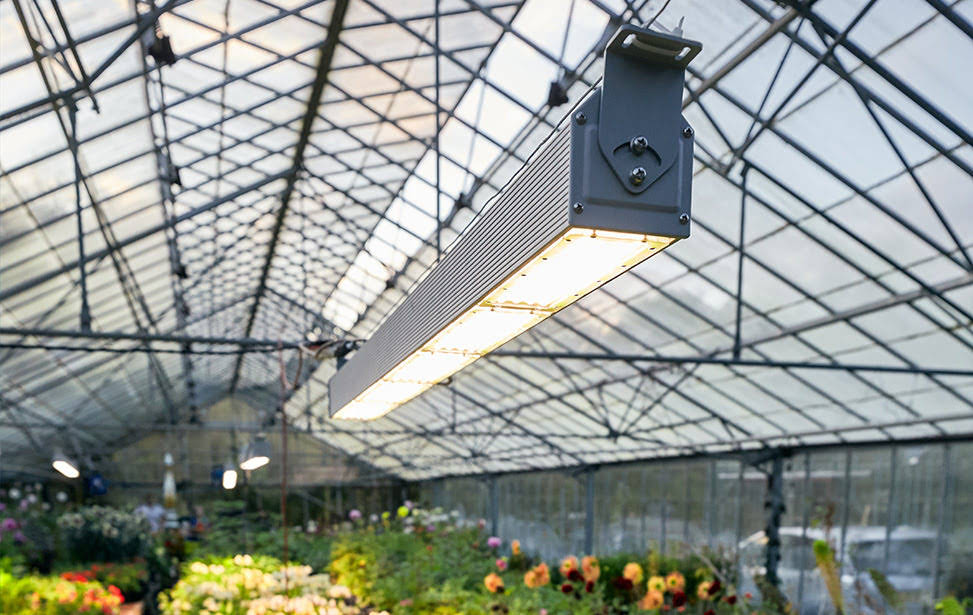- English

A 90% price drop since 2008, an abundance of research into the efficacy of different spectra, and the ongoing energy crisis have meant LEDs, with their low energy consumption and high performance, quickly became the obvious option for growers looking to scale back energy costs, improve production, or switch from HPS to LED. As a result, it is often suggested that what was traditionally used to light greenhouses and indoor farms, typically High-Pressure Sodium lights (HPS), are on their way out if not already a thing of the past.
But to what extent is this really true?
It’s true that the UK government banned halogen bulbs in 2021 and fluorescent lights will disappear from British shelves by 2023.
Yet one report from 2021 highlights that in the UK only 2% to 5% of greenhouse farmers have switched to LED fixtures for supplemental lighting. Whilst another article from 2017 suggests that among indoor farmers, 60% of them are still using HPS and are reluctant to adopt LEDs.
In this article, we explore why some remain unwilling to transfer to LEDs despite their evident advantages and offer insight into what the industry can do to encourage transition.
From HPS to LED: The Lag in Take Up
Whilst it is certain that LED lights have obvious advantages and will increasingly be used in commercial settings there is a disparity in who is choosing to transition to them. For larger companies with kilometres of glasshouses and young indoor farming initiatives, the transition or take-up of LEDs is guaranteed. With more funding, better resources, and knowledge of LED lighting, professional growers are more easily able to take advantage of the benefits of LEDs. Yet for smaller growers, nurseries, and glasshouses without the right resources or know-how, the transition is not so simple. Such growers still represent a large proportion of HPS light users for horticultural purposes and make up an integral part of food production in Europe.
Obstructions to Change
Due to their efficiency, LEDs operate on a different wattage compared to HPS. This may require busy growers to run additional research and properly plan for a successful transition, many of which do not have the time nor the resources to effectively do. Furthermore, given the global energy crisis and the increasing economic pressures placed on farmers it may seem counterintuitive to invest a significant amount of CAPEX on something they know little about. This is despite the fact that in terms of both CAPEX and OPEX LED lights outperform traditional options at every turn.
Encouraging HPS to LED Change
At Kroptek, we have been providing light planning for growers for several years now. Recently we have also supplemented growers with additional guidance on CAPEX and OPEX costs, as well as electrical plans, installation support and any other transition help. This complements our grower-focused approach with real and practical horticulture and lighting advice. So, if you or someone you know are thinking of transitioning to LED lights but don’t know where to start, get in touch with one of our experts today and we can help start you on your path to making the most of your lights and enhancing your grow space.